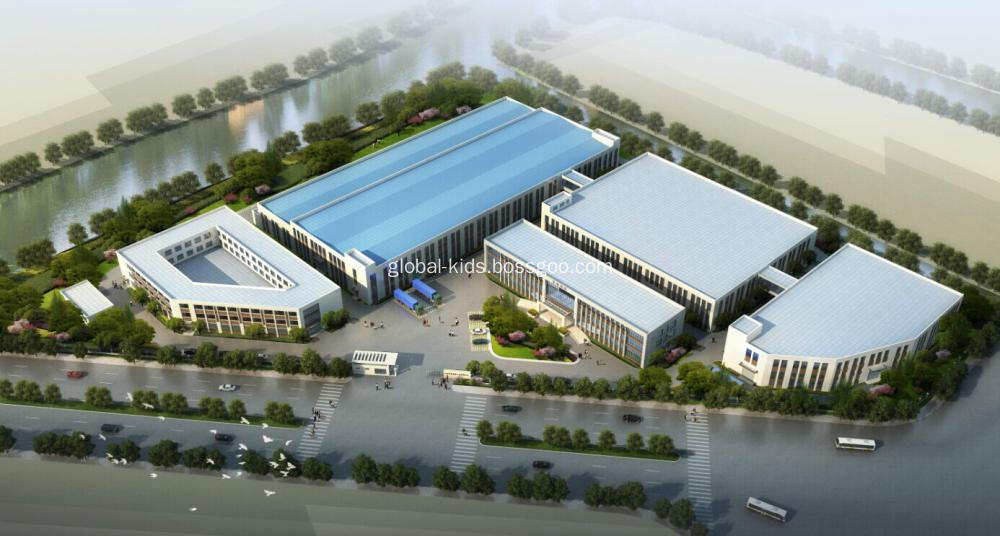In the United States, the IML method is used more and more, a wide range of color labels are readily available, and the development of UV-cured outer coatings are just a few examples illustrating changes in the label industry, these changes outlined The future of the label industry.
Today, the focus of the label industry is still on 60# and 70# GIS (single-sided coating) label papers. However, buyers of adhesive labels are increasingly turning to plastic synthetic materials. These plastic labels (usually polypropylene) are used in some metal packaging cans, but it is most favored by the beverage industry and is widely used in plastics and glass bottles. Plastic heat-shrinkable sleeve labels are used both on metal cans and on bottles because the flexographic printing method is both economical and satisfies a satisfactory standard.
Paper and Printing As long as food companies still have adhesive labels, they still use paper labels and attach them to metal cans and bottles. Occasionally these tags are embossed or foiled to give them unique qualities. However, these characteristics have also significantly increased costs, and food companies are notoriously unwilling to pay more for their labels.
In the last few years, two major changes have taken place in the field of paper labels: the first is the demand for UV (ultraviolet) cured outer coatings, and the second is the use of a wider range of ink colors. Many printers can print nine colors in a single print, so they can print more special colors and spend less. Special colors can reduce discoloration. Discoloration often occurs when using a four-color ink to create a special background or solid color on the label.
Most trademark buyers pay special attention to some basic quality factors. They are divided into appearance and functionality. The factors that must be controlled in the appearance of this category are: Color Consistency Number of ink voids (must be kept to a minimum) Shrinkage and wrinkles Fade resistance In terms of functionality, it is important to control the following factors: Size ( Must be consistent) Non-adhesive or caking Anti-friction flat (non-curl) and consistency Many label buyers now require monochrome printing on the back of the label to support certain promotional activities. This requirement has also been met, and the processing costs are relatively low, as many sheet-fed presses have such a device that the back of the label can also be printed in one print.
Today, the focus of the label industry is still on 60# and 70# GIS (single-sided coating) label papers. However, buyers of adhesive labels are increasingly turning to plastic synthetic materials. These plastic labels (usually polypropylene) are used in some metal packaging cans, but it is most favored by the beverage industry and is widely used in plastics and glass bottles. Plastic heat-shrinkable sleeve labels are used both on metal cans and on bottles because the flexographic printing method is both economical and satisfies a satisfactory standard.
Paper and Printing As long as food companies still have adhesive labels, they still use paper labels and attach them to metal cans and bottles. Occasionally these tags are embossed or foiled to give them unique qualities. However, these characteristics have also significantly increased costs, and food companies are notoriously unwilling to pay more for their labels.
In the last few years, two major changes have taken place in the field of paper labels: the first is the demand for UV (ultraviolet) cured outer coatings, and the second is the use of a wider range of ink colors. Many printers can print nine colors in a single print, so they can print more special colors and spend less. Special colors can reduce discoloration. Discoloration often occurs when using a four-color ink to create a special background or solid color on the label.
Most trademark buyers pay special attention to some basic quality factors. They are divided into appearance and functionality. The factors that must be controlled in the appearance of this category are: Color Consistency Number of ink voids (must be kept to a minimum) Shrinkage and wrinkles Fade resistance In terms of functionality, it is important to control the following factors: Size ( Must be consistent) Non-adhesive or caking Anti-friction flat (non-curl) and consistency Many label buyers now require monochrome printing on the back of the label to support certain promotional activities. This requirement has also been met, and the processing costs are relatively low, as many sheet-fed presses have such a device that the back of the label can also be printed in one print.
Group0+1 baby car seats fit for children from birth to 4 years old (0-18kg), we have 3 types baby car seat for Group0+1, which are "PRIMA VISTA SL", "PRIMERA" and "NEO BASIC".
- PRIMARY VISTA SL (1027) is a luxury injection plastic (PP) model baby car seat that desiged and developed for RECARO Japan, the seat can support rearward and forward facing installation with separate base plate, the double-lock safety design avoid misuse and ensure the highly safety for children when using, also, it is a functional version and the first car seat follow I-SIZE regulation by Global kids.
- PRIMERA (1028) is injection plastic (PP) model baby car seat that desiged and developed for Kiddy, it can support rearward and forward facing installation, the seat is popular in European, South-east Asian and Chinese market.
- NEO BASIC (1029) is a high quality economic baby car seat with blowing plastic(HDPE), it can support rearward and forward facing installation, the seat is popular in Europe, Asia, and South America.
Ningbo Global kids baby products Co.,Ltd is a comprehensive industrial and trading Hi-Tech enterprise which combines R&D, manufacturing and sales of baby car seats all over the world. With 15 years' experience in baby car seat industry, it is one of the earliest and professional baby car seat manufacturers in China.

Group 0+1 Baby Car Seat, 0-18Kg Baby Car Seats, Children Car Seat, Toddler Car Seats
NINGBO GLOBAL KIDS BABY PRODUCTS CO.,LTD , http://www.nb-globalkids.com